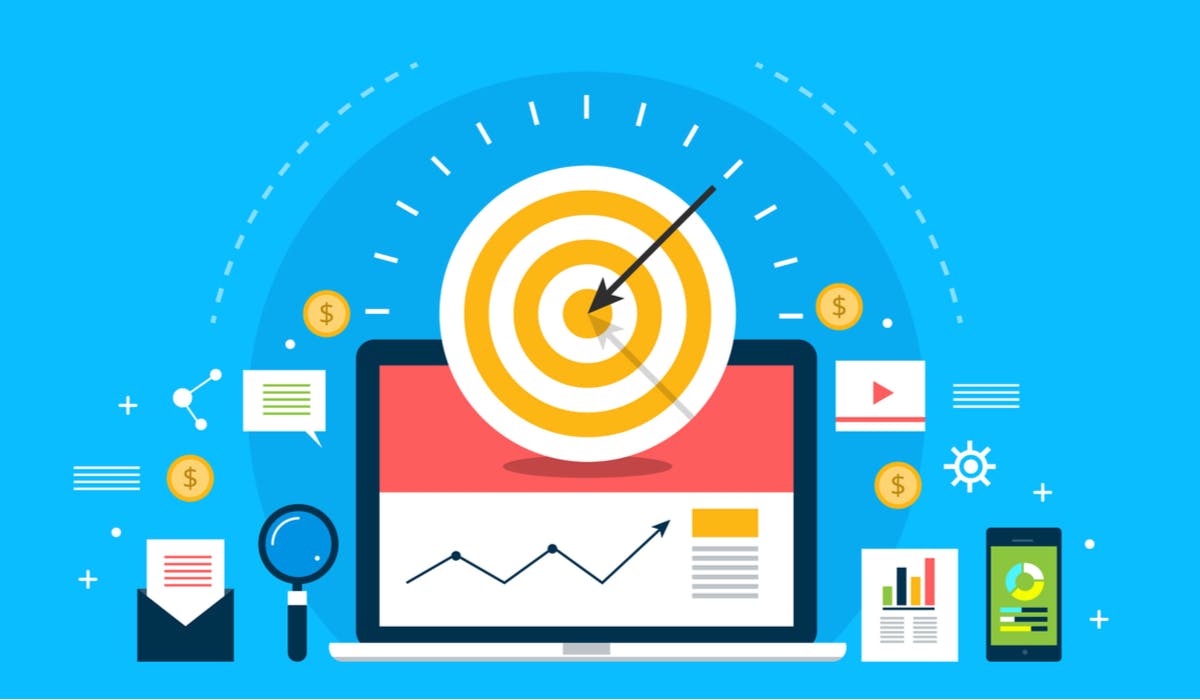
“A product goes through a journey; from a customer looking at it in the market [and] the brand appear[ing] at the point of curiosity and consideration, to entering a brand’s eco-system, to a transaction and then into advocacy. Will they buy it again or [recommend] you? Each segment is underpinned by process at every stage,” said Hammersley.
Hammersley and Good Growth use this integrated model for a wide range of clients including Channel 4, Kraft Heinz, boohoo and Wickes, ensuring clients use their rich data to test and learn from their customers’ journeys and improve commercial outcomes.
Applying this philosophy to ecommerce, long-term success is a product of a data-led strategy, where actionable insight fuels innovation in pursuit of solving customer problems.
Good Growth’s senior consultant, Tori-Hermione Baker, added that brands need to understand two things when reviewing their digital strategy for 2021. The first is the macro view of consumer trends to correctly position their products and services in a market, and the second is the micro view of their own customers so individuals can be better served and personal relationships strengthened.
Getting the operating model right
“Strategy doesn’t work unless there is clear alignment between the thinking and the doing,” said Hammersley. “At the heart of this is getting the operating model right so your purpose, strategy and business model are clear. You have to think about how they are going to work together to make money.”
The brand owner wanted to help people who could not get to the shops, so it developed Heinz To Home, a direct-to-consumer ecommerce website. This initiative was launched with Heinz Bundles (a combination of Heinz varieties favourites) and customers could order online and have packages sent direct to their home or to someone else as a gift.
Although many marketers say they have an attribution model to help them meet their goals, Hammersley points out that their data is often not robust or reliable enough to validate the marketing team’s thinking. This can mean important marketing activities, such as organic search, are undervalued.
Listen to customers and measure at every stage
“Innovation happened quickly because we listened to customers and received a lot of feedback on what people wanted from the channel,” said Znideric. “We launched new bundles, an infant range and personalised gifts to boost engagement. We were soon asked to launch the idea in Ireland and Australia.”
This involves using data to reveal why customers do what they do in digital channels, says Hammersley, and why they do not always act the way marketers would like them to. Without this understanding an ecommerce strategy will be less likely to achieve commercial objectives.
“The ‘insight’ process helps brands to understand the commercial objective and the story of success and failure, and this enables an organisation to go through an ‘innovation’ process to solve any customer problems that were identified.”
“What is important,” Znideric said, “is that you have the correct measurement framework in place from the start to measure performance and feedback at every stage of the customer experience.”
Use data to drive change
Sarah Znideric, client services director at Good Growth, outlined how Kraft Heinz used the integrated model to effectively accelerate its digital strategy during the first Covid-19 lockdown.
“Using data and personalisation enables brands to develop experiences that remove friction and add real value to customers’ lives,” said Baker. “Understanding customers is a science. You need to turn data into insight and insight into action, which drives innovation and change.”




